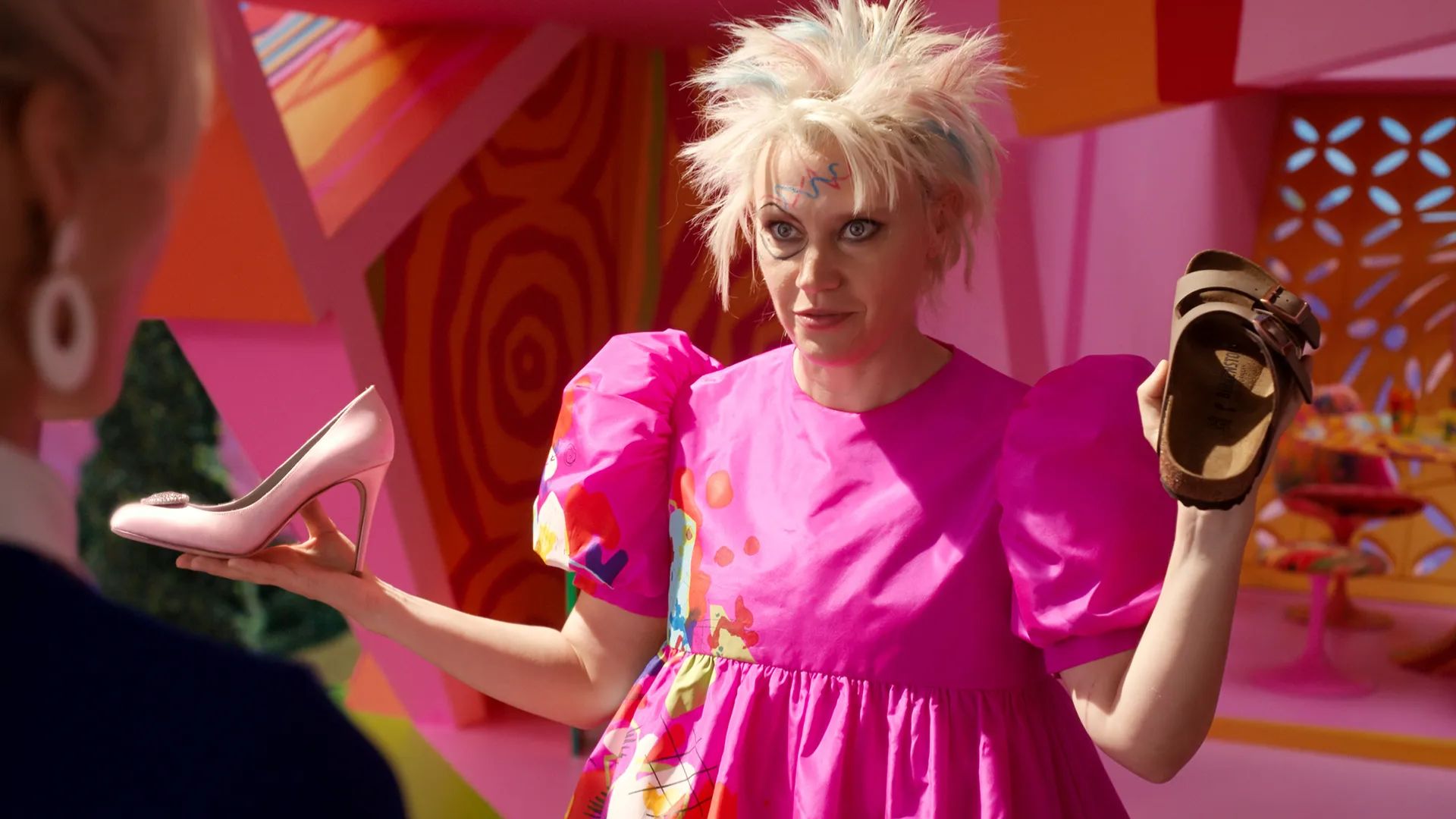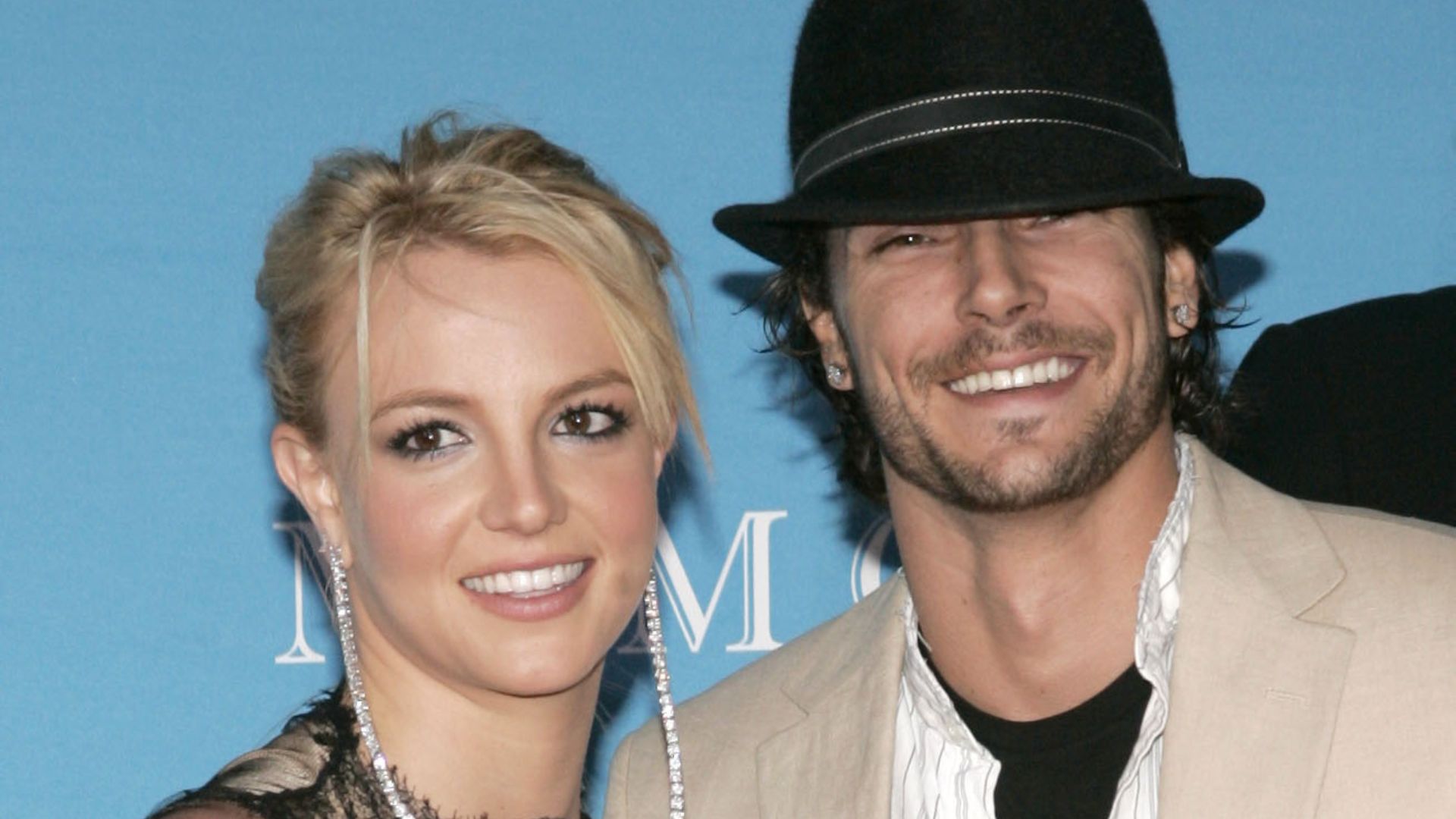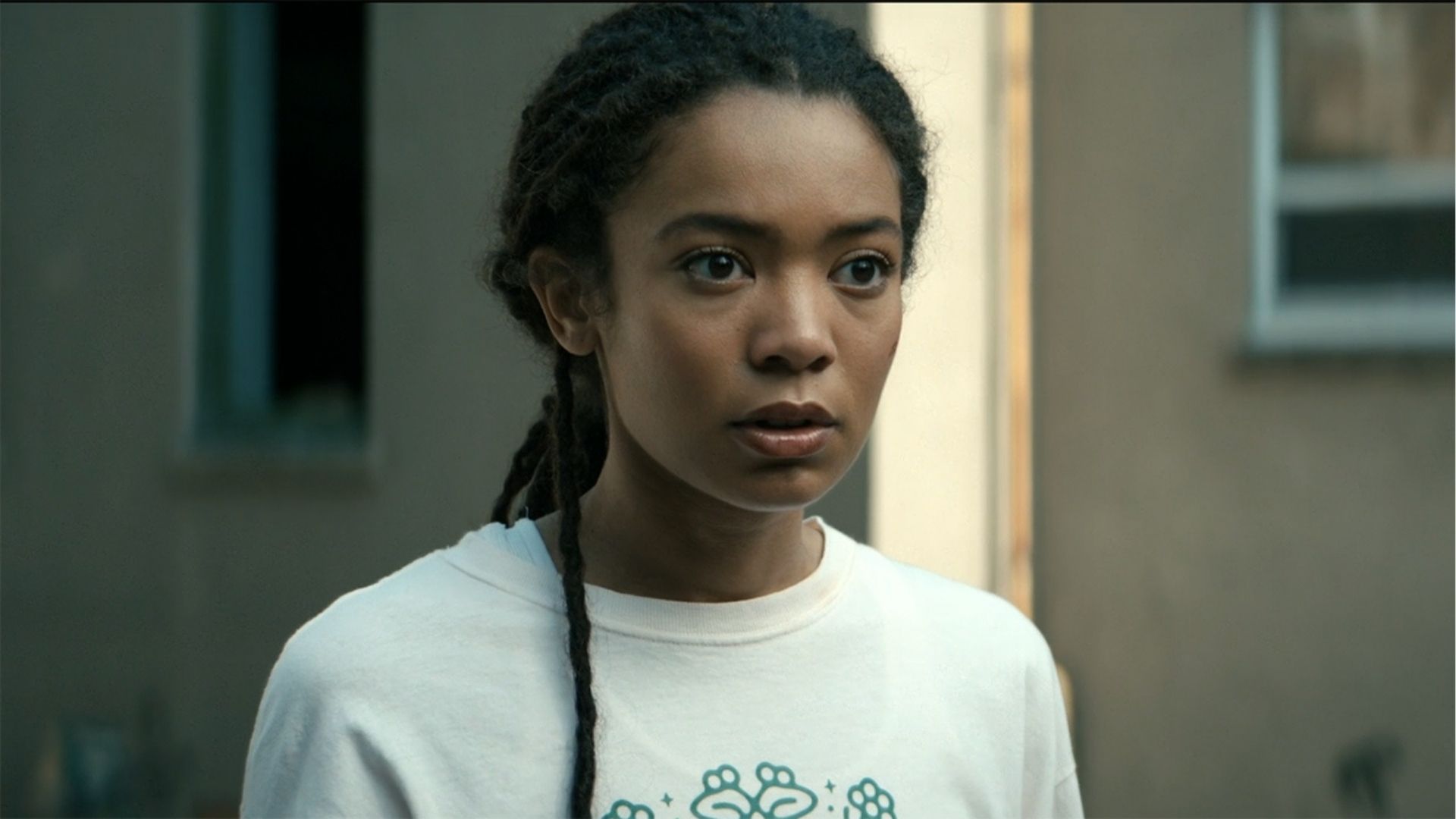How the North American artist arrives on her farewell tour without compromising her identity, despite being copied en masse in the ’80s; a documentary that traces the singer’s life will be screened in Sao Paulo at the In-Edit festival on 14, 20 and 22 June
One Friday afternoon in May, Cyndi Lauper he left his Upper West Side apartment on the streets of New York City. She wore glitter-encrusted glasses, rainbow-soled sneakers and a pile of beaded bracelets on each arm. He had a rice paper umbrella in his hands. As he walked, he surveyed the crowd and made a comment when something caught his attention.
An artist is born
Cyndi Lauper was born in Brooklyn and raised in Queens. She danced around the house to the Beatles, with her older sister, Elen, singing Paul McCartney’s parts and Lauper singing John Lennon’s parts. It was his first lesson in harmony and song structure. But when she left home, at the age of 17, what she carried in her hands was a copy of the book Grapefruitfeminist conceptual art book by Yoko Ono.
Ono taught her that “you can create art in your head and then start to see things in a different way,” Lauper said. This attitude served her well throughout the time she tried (and often failed) to work as a painter, shoe salesman, horse groomer, IHOP waitress, assistant at Simon & Schuster, and singer in a cover band.
Singing other people’s songs in bars and clubs on Long Island, Lauper had trouble finding her place. She tried to imitate Janis Joplin, but “I was trapped in her body, and she didn’t like it, and I didn’t like it,” she said. She even tried to sing like Gene Pitney, but she “ended up sounding like Ethel Merman”. After a while he “starts to feel like he’s not good enough.”
But in reality, she simply wasn’t good at being anything other than Cyndi Lauper. When she began composing and arranging for herself, “I told the stories I knew about the women I knew,” she said. “My mother’s, my aunt’s, my grandmother’s.” They brought her back into the rhythms of her life, even though, at first, few people were interested in hearing about her. “My first show was for fourteen people,” she said, “but they still asked for an encore, okay?”
The title of the documentary is a phrase taken from a true legal drama: at the beginning, Lauper’s career was intertwined with the ambitions of a former manager, who sued her to maintain control over her music. Lauper went bankrupt trying to get rid of him. When the judge sided with Lauper, he banged his gavel and said, “Let the canary sing“, i.e. “Let the canary sing.”
A girl who just wanted to have fun
Once released, Lauper got in touch with Robert Hazard, who wrote a song called “Girls Just Want to Have Fun.” He had made a rock arrangement, from a man’s point of view: they were the girls he dreamed of having sex with. Lauper made some changes and reworked it as a joyous public proclamation, denouncing the distortions of sexism (“Oh, dear mother, luck is not on our side”) and calling for freedom from work, home and patriarchy. He also rearranged the notes, raising his voice so loud that he could no longer be ignored. “I sang really loud because I was announcing an idea,” he said.
And then came the video. “That clip was what today we would call ‘inclusive,’ and that was the most important thing,” Lauper said. In addition to Italian-American professional wrestler Lou Albano, Lauper relied on her mother, her lawyer, her manager, a succession of record company secretaries, and a motley crew of singers and dancers. “I was tired of the segregation” of the music industry, she said. “People together create a style.”
MTV was still in its infancy in 1983, and it was a coincidence that Lauper’s debut album, She is so unusual, was released just as the network was on the rise. He viewed his public image as a form of visual art. His makeup artist was a painter and his stylist was a vintage dealer.
“People sometimes have the misconception that everything is a little thrown together,” Laura Wills, founder of vintage shop Screaming Mimi’s, said of the singer’s style. “People just weren’t like that.” In the early 1980s, Lauper worked for Wills, often in exchange for clothes. As her career took off, Wills began to take care of her style, and the two often styled Lauper’s looks as if they were throwing chips at a poker table: “I want to see your polka-dot socks and your striped capri pants, and I’ll bet on a plaid top again,” Wills said. “I want to see your polka dot socks, your striped capri pants, your plaid blouse, and on top of that, I’ll make a patterned hat for you.”
A feminist icon
Lauper seems to have become known as a feminist icon in her own right. She refused to tell interviewers her age (“I’m not a car,” she said) and insisted they acknowledge the politics behind her and her aesthetic choices. “I wear a corset to nullify the power of restrictions on women,” she told the press. She appeared on the cover of Ms. magazine and recorded True colorsin 1986, because she was moved by the song after a friend’s death from AIDS.
“I know I probably missed opportunities because I talked so much about AIDS,” he said, but, “like any good Italian, I had to take a stand and defend my family, you know?” In 2008, she founded True Colors United to help combat homelessness among LGBTQ+ youth. And in 2022, she created the Girls Just Want to Have Fundamental Rights fund to support abortion access and other reproductive justice movements.
In 1985, Lauper won the Grammy for Best New Artist following the release of She is so unusual. The album – and songs like it From time to time AND All night long – broke records. But a strange thing was happening. She looked around and saw versions of herself everywhere.
“When I became famous, I felt like the whole world had just come in” – at this point Lauper made a loud sucking sound – “and swallowed everything up. The jewels, the colors, the corsets on the outside, everything. I was been swallowed up and spits out. Come on!”
Lauper was accused of being a manufactured product. “No, it was me. It was how I dressed. It was the way I looked. It was my community,” he said. “I have brains.”
When Lauper received a call telling her that a movie studio was adapting her smash hit for the screen, she balked at the film’s cutesy premise. “I think it was about some girls … trying to have fun,” she said. (Sarah Jessica Parker and Helen Hunt starred in the film.) Lauper did not give permission to use her song, so the film featured Hazard’s version with other female singers. “To me it was rubbish,” she said. “They took my style. But it had nothing to do with me.”
Comparisons with the Madonna
In the 1980s Lauper was so compared to other music stars that it was implied there wasn’t room for everyone. He mostly compared himself with other women Madonna, who released their debut album the same year. In chat shows and schoolyards (and even in the charity single We are the World), fans and celebrities were forced to choose one. “They tried to compare things that had nothing to do with each other,” she said. Lauper. Or, as he told Newsweek magazine in 1985: “He’s doing his thing. My thing is different.” It was a shame, Lauper said: “I really wish I had a friend.”
Although she fought her battles mostly alone, Lauper inspired generations of women. Among her followers is Nicki Minaj, who brought her to the Brooklyn stage in April to duet her Pink Friday girls, a song that samples Lauper. When an interviewer asked 26-year-old singer-songwriter Chappell Roan, “How does it feel to be called the Cyndi Lauper of Gen Z?”, she replied, “I think Cyndi Lauper is the Cyndi Lauper of Gen Z.”
Lauper recorded eleven more albums after her debut, including a blues album, a country album, and a dance album. In the early 2000s she went to Broadway to act The Threepenny Opera and compose the music and lyrics for the musical Extravagant boots when author Harvey Fierstein cast her in the show.
Lauper won the Tony for best score. She was the first woman to win alone.
In an industry that demands the voracious pursuit of new things and the cynical exploration of identity, Lauper has never been willing to abandon herself. She forged a revolutionary style, she sang the totemic song. She inspired millions, billions of people to be themselves. Why should it change?
Preparations for the farewell tour
Sailing the Upper West Side, Lauper and walked into an exhibit about abstract artist Sonia Delaunay, walked past Screaming Mimi’s original address (now a laundromat), and back to her apartment. Then she invited me up.
Beyond the doorman, a cheetah-print doormat and a cheetah-print curtain, two pugs named Lulu and Ping awaited Lauper’s return. She disappeared to prepare a plate of gingerbread cookies, the same kind that Jackson Browne always sent her for Christmas, while her actor husband David Thorntonhe told me about their first meeting, on the set of the film Out of control (Off and running), from 1991. She played a fake mermaid and he played a murderer. Off the set, he was immediately fascinated by his sense of humor.
“She’s the Rodney Dangerfield of rock,” he said, meaning: She’s so funny she doesn’t always get the respect she deserves. “I don’t think anyone has any idea how hard he works,” he said.
To prepare for the tour, he turns on the stereo, dances and sings, which annoys the pugs. She works with a voice coach four days a week. And she trains like it’s a sport. His weekly exercise routine includes physical therapy, weight training, stretching, physical therapy, weight training, yoga, more weight training, yoga, aerobics, physical therapy, and more weight training. At her meals, huge salads that make her feel like a horse.
“But when you’re a singer, you have to be an athlete,” he said. “You can’t stay [palavrão] around. When you’re 20, it’s fine. But when will you get old? There is no way.”
As the tour approaches, he daydreams about “all the crazy things I’ve tried that haven’t worked” throughout his career. The black dress with butterfly wings that she revealed as she emerged from a cocoon. The part where she’s supposed to transform behind a backlit screen, like a cartoon character. A kind of mechanical skirt that looked like a globe and was supposed to rotate slowly while singing.
She’s not sure what she’ll do this time. Whatever the changes, one thing remains the same: “I am who I am, period.”
Let the canary sing no In-Edit 2024
- Brazilian Film Library. Largo Sen. Raul Cardoso, 207 – Vila Clementino. Friday 14 June, at 8.30pm.
- CinemaSec. R. Augusta, 2075 – Cerqueira César. Thursday 20 June, at 6.00 pm
- Spcine Olido. Av. São João, 473 – Historic Center. Saturday 22 June, 6.00 pm.
This article was originally published in the New York Times./ TRANSLATION BY RENATO PRELORENTZOU
Source: Terra
Earl Johnson is a music writer at Gossipify, known for his in-depth analysis and unique perspective on the industry. A graduate of USC with a degree in Music, he brings years of experience and passion to his writing. He covers the latest releases and trends, always on the lookout for the next big thing in music.









